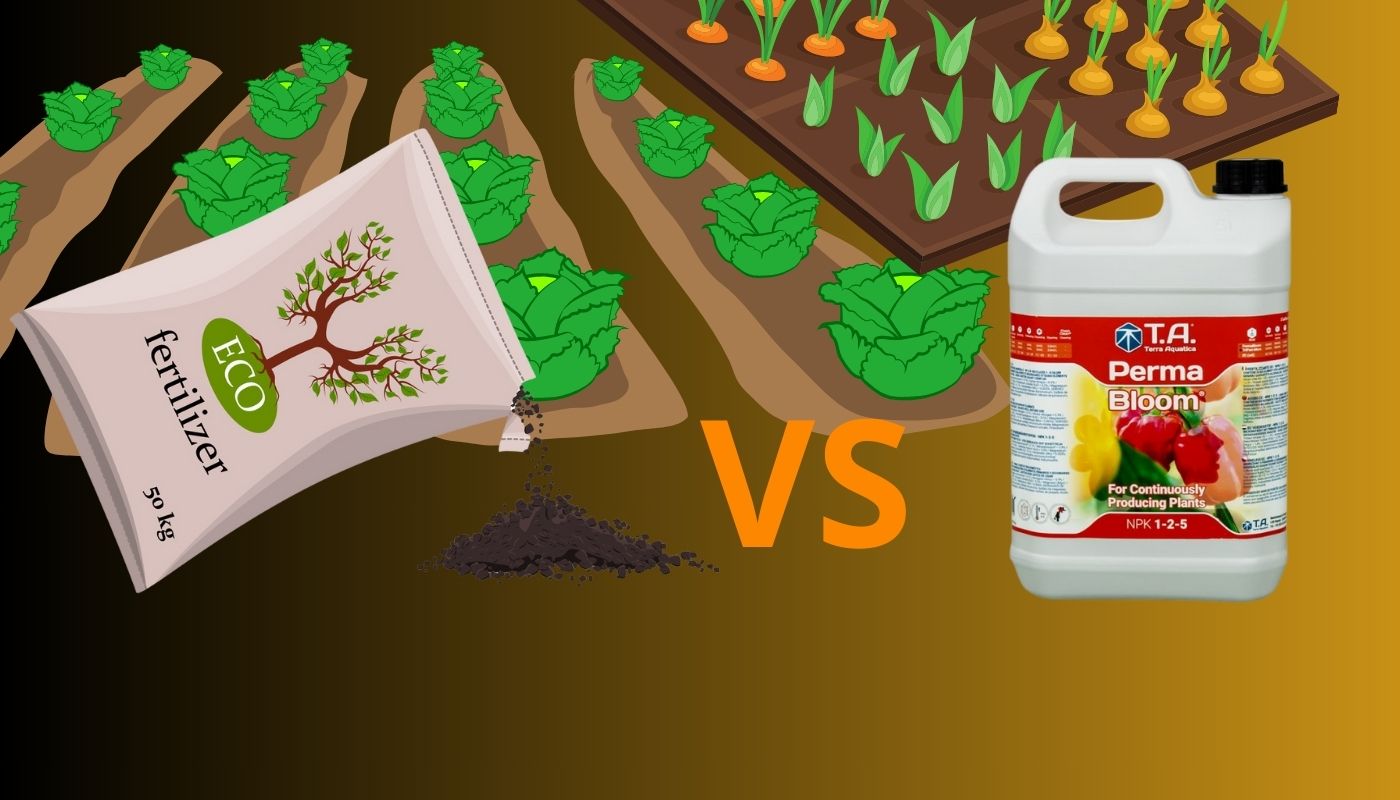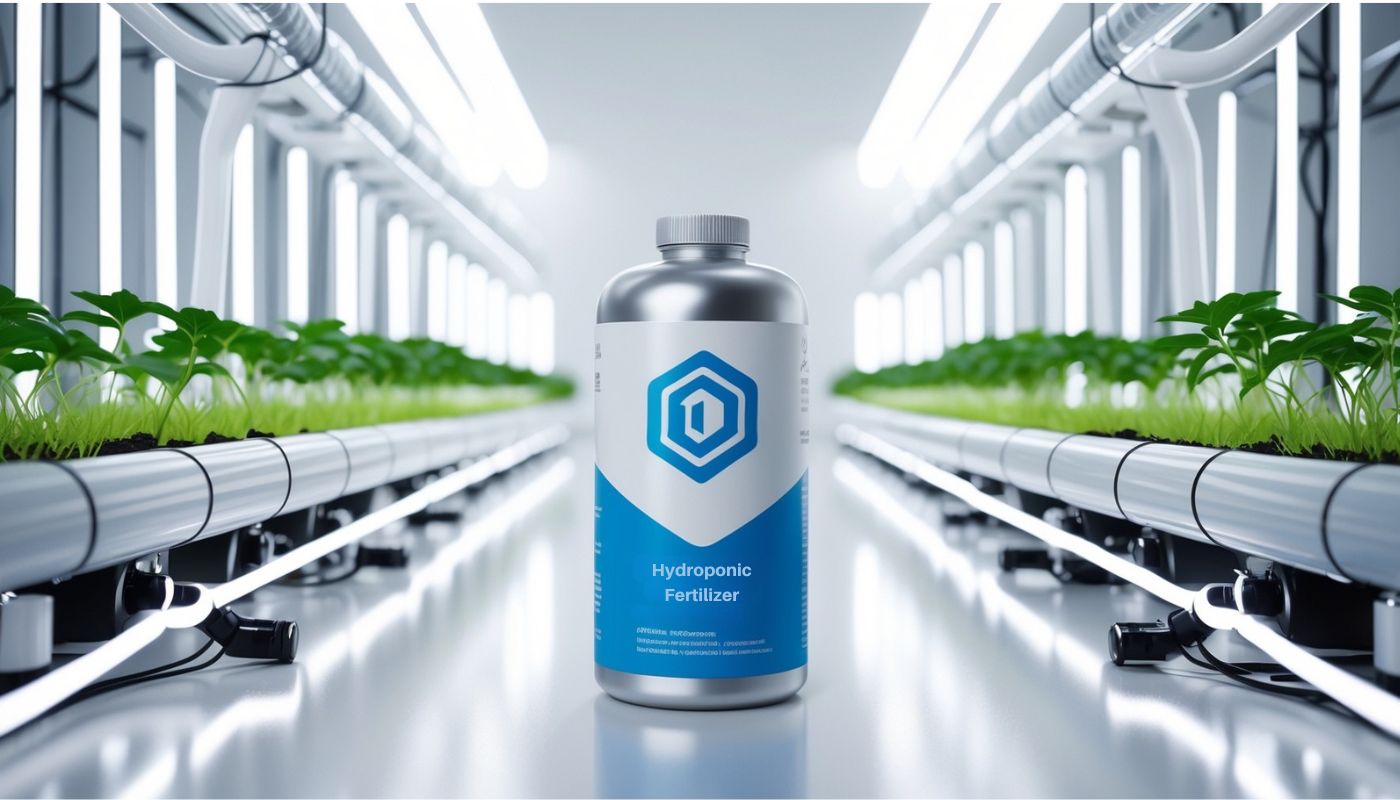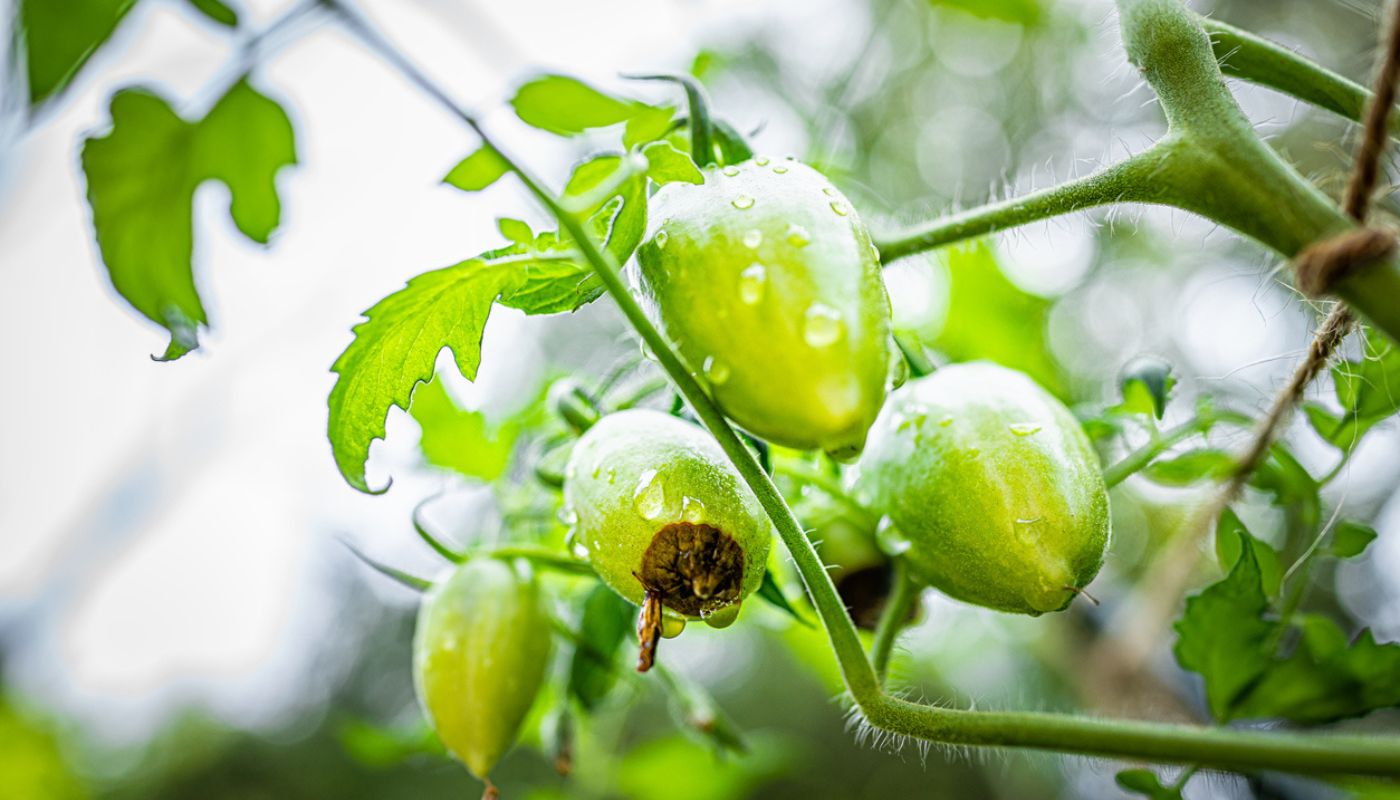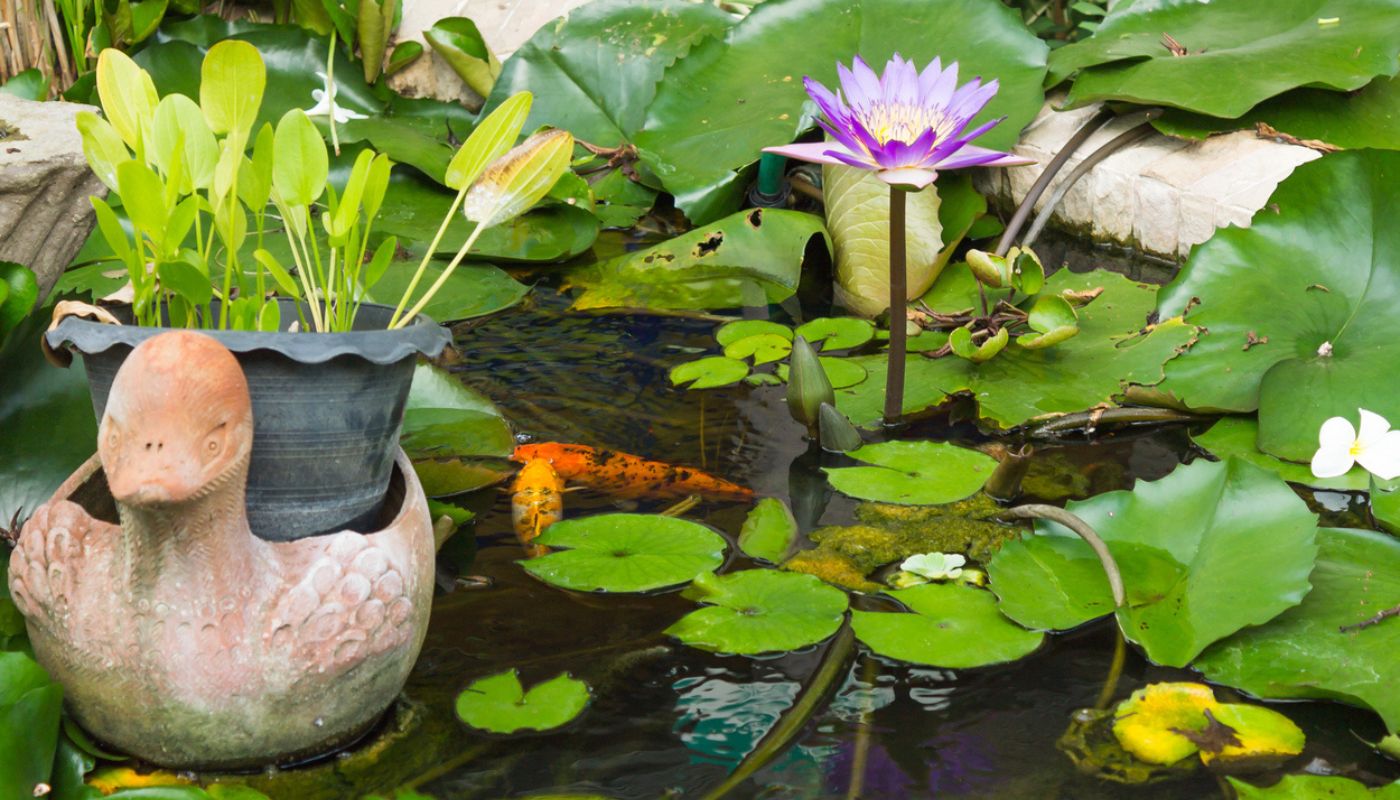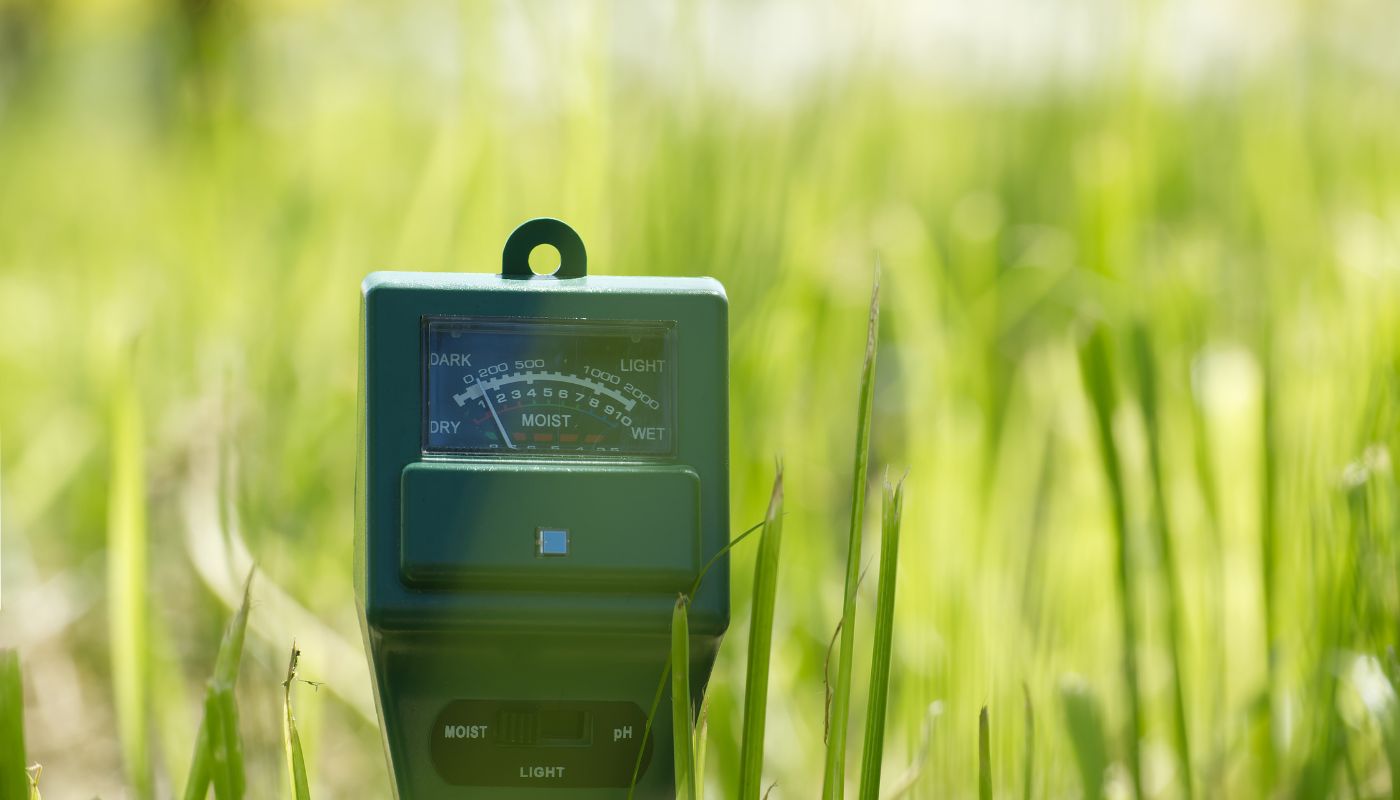

Understanding and Regulating pH and EC Levels in Water Using Natural Solutions
Understanding and regulating pH and EC levels in water is a crucial aspect of maintaining a healthy environment for plants and aquatic life. The pH level of water refers to its acidity or alkalinity on a scale of 0 to 14, with 7 being neutral. Levels below 7 indicate acidity, while levels above 7 denote alkalinity. On the other hand, EC or Electrical Conductivity measures the amount of salts or other compounds dissolved in water, which can affect the water’s ability to conduct electricity. High EC levels can indicate a high concentration of dissolved salts, which can be harmful to plants and aquatic life.
Regulating these levels is essential, especially in hydroponics and aquaponics systems, where the water’s pH and EC levels can directly impact plant growth and fish health. However, instead of resorting to chemical solutions, there are natural ways to regulate these levels effectively.
To lower the pH level of water naturally, one can use organic acids such as citric acid, vinegar, or lemon juice. These substances are readily available and can effectively reduce the water’s pH level when added in appropriate amounts. However, it’s important to add these substances gradually and monitor the pH level to avoid drastic changes that could harm plants or aquatic life.
On the other hand, to increase the pH level, substances like baking soda or crushed eggshells can be used. Baking soda, when dissolved in water, releases bicarbonate ions that can neutralize the acidity and increase the pH level. Similarly, crushed eggshells, when added to water, slowly dissolve and release calcium carbonate, which can also help increase the pH level.
Regulating EC levels in water can be a bit more complex as it involves managing the concentration of dissolved salts. One natural way to reduce high EC levels is through dilution. Adding fresh, clean water to the existing water can help lower the concentration of salts, thereby reducing the EC level. However, this method should be used cautiously as excessive dilution can also lead to nutrient deficiencies in plants.
Another natural method to manage EC levels is the use of certain plants known as hyperaccumulators. These plants have the ability to absorb and accumulate high levels of salts from the water, thereby reducing the EC level. Some examples of hyperaccumulators include sunflowers, mustard plants, and certain types of ferns.
In conclusion, regulating pH and EC levels in water is crucial for maintaining a healthy environment for plants and aquatic life. While chemical solutions are available, natural methods offer a more sustainable and environmentally friendly alternative. By understanding the role of pH and EC levels and how to manage them naturally, we can ensure the health and vitality of our plants and aquatic life, contributing to a more balanced and sustainable ecosystem.
Natural Methods for Maintaining Optimal pH and EC Levels in Water

Using a pH strip and color chart to identify the pH level of a solution with ease.
Water, being a universal solvent, plays a crucial role in the sustenance of life. It is a medium through which nutrients are transported to various parts of a plant. However, for plants to thrive, the water used must have optimal pH and Electrical Conductivity (EC) levels. The pH level of water determines its acidity or alkalinity, while the EC level measures the amount of dissolved salts or nutrients in the water. Both these factors significantly influence the health and productivity of plants. Therefore, maintaining optimal pH and EC levels in water is of paramount importance. This article will explore natural methods to regulate these levels.
Firstly, let’s delve into the importance of pH. The pH scale ranges from 0 to 14, with 7 being neutral. Values below 7 indicate acidity, while those above signify alkalinity. Most plants prefer a slightly acidic environment, with a pH range of 6 to 7. When the pH level is too high or too low, it can hinder the plant’s ability to absorb nutrients, leading to nutrient deficiencies or toxicities.
To naturally adjust the pH level of water, one can use organic materials like vinegar or lemon juice to lower it, and baking soda or crushed limestone to raise it. Vinegar and lemon juice are acidic substances that can effectively reduce the pH level when added to water in small quantities. On the other hand, baking soda and crushed limestone are alkaline substances that can increase the pH level when mixed with water. It is essential to add these substances gradually and test the water’s pH regularly to avoid drastic changes that could harm the plants.
Next, let’s consider the role of EC. The EC level of water indicates the amount of dissolved salts or nutrients it contains. High EC levels can lead to salt damage or nutrient burn in plants, while low EC levels can result in nutrient deficiencies. Therefore, maintaining an optimal EC level is crucial for the healthy growth of plants.
One natural method to regulate the EC level in water is through the use of compost tea. Compost tea is a nutrient-rich solution made by steeping compost in water. It can be used to increase the EC level of water, providing plants with essential nutrients. To lower the EC level, one can simply dilute the water with rainwater or distilled water, which typically have low EC levels.
In conclusion, regulating the pH and EC levels in water using natural solutions is a sustainable and cost-effective method that promotes the healthy growth of plants. By using organic materials like vinegar, lemon juice, baking soda, and crushed limestone, one can effectively adjust the pH level of water. Similarly, by using compost tea and diluting water, one can regulate the EC level. However, it is crucial to monitor these levels regularly and make adjustments gradually to ensure the well-being of the plants. By doing so, one can create a conducive environment for plants to thrive, contributing to a greener and healthier planet.
The Role of Natural Solutions in Regulating pH and EC Levels in Water
Water, the universal solvent, plays a crucial role in the sustenance of life. Its quality, determined by factors such as pH and Electrical Conductivity (EC), significantly impacts the health of both humans and the environment. The pH level of water measures its acidity or alkalinity on a scale of 0 to 14, with 7 being neutral. EC, on the other hand, gauges the amount of dissolved salts or minerals, indicating the water’s purity level. Regulating these two parameters is essential to maintain water quality, and natural solutions offer an eco-friendly and cost-effective approach to this task.
Natural solutions, such as certain plants and minerals, can effectively regulate pH and EC levels in water. For instance, peat moss, a type of sphagnum, is renowned for its ability to lower pH levels. When added to water, it releases organic acids that reduce alkalinity, making it an ideal solution for treating water with high pH levels. Conversely, crushed eggshells or oyster shells can increase the pH level of acidic water due to their high calcium carbonate content. This natural alkaline substance neutralizes the acidity, thereby raising the pH level.
Transitioning to the regulation of EC levels, it’s important to note that high EC levels indicate a high concentration of dissolved salts, which can be harmful to both humans and aquatic life. One natural solution to reduce EC levels is through the use of biochar, a type of charcoal produced from plant matter. Biochar has a high cation exchange capacity, meaning it can absorb and hold onto positively charged ions, including many of the salts that contribute to high EC levels. By adding biochar to water, the EC levels can be effectively reduced.
Another natural solution for regulating EC levels is the use of certain plants in a process known as phytoremediation. Some plants, like sunflowers and Indian mustard, have the ability to absorb heavy metals and salts from water, effectively reducing its EC levels. These plants can be grown in or near bodies of water, where they absorb harmful substances and improve water quality over time.
However, while these natural solutions are effective, they must be used judiciously. Overuse of any substance, even natural ones, can lead to imbalances and create new problems. For instance, adding too much peat moss can excessively lower the pH level, making the water too acidic. Similarly, overuse of biochar or phytoremediation plants can lead to a drastic reduction in EC levels, which can also be problematic as some level of minerals is necessary for the health of aquatic life and human consumption.
In conclusion, natural solutions offer a sustainable and eco-friendly approach to regulating pH and EC levels in water. By using substances like peat moss, eggshells, biochar, and certain plants, we can effectively maintain water quality without resorting to harsh chemicals or expensive treatments. However, it’s crucial to use these solutions responsibly to avoid creating new imbalances. With careful management, these natural solutions can help us preserve our most precious resource – water.



